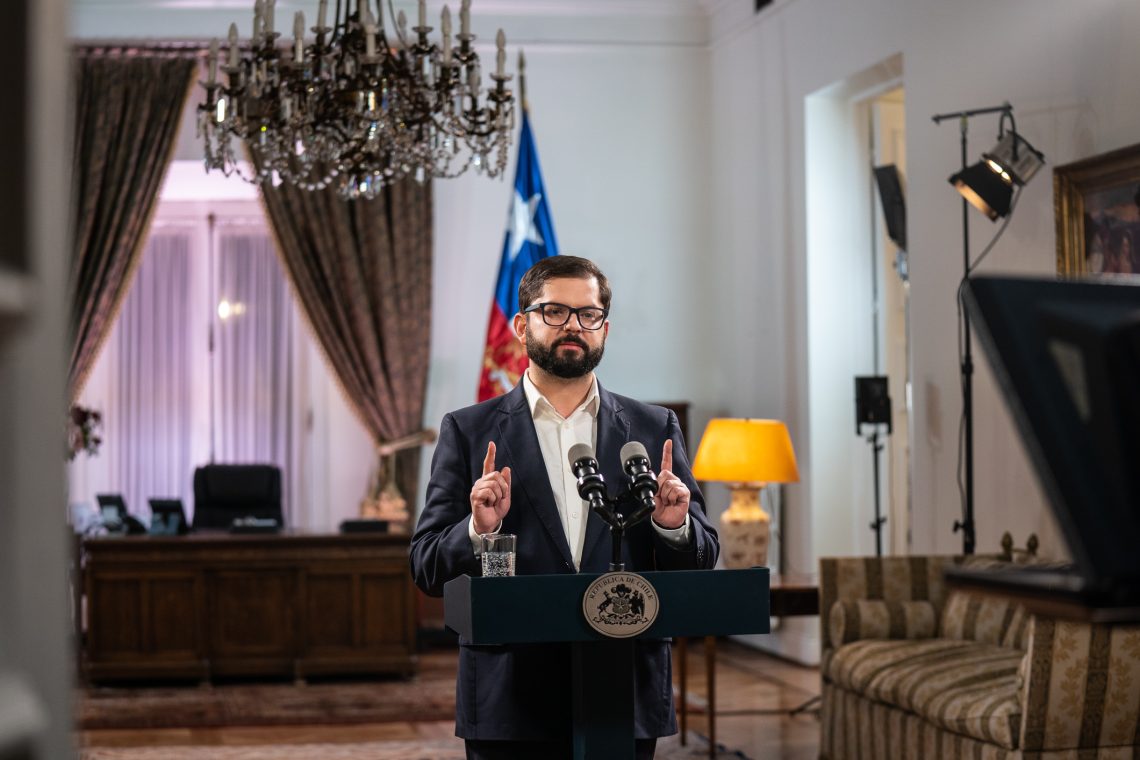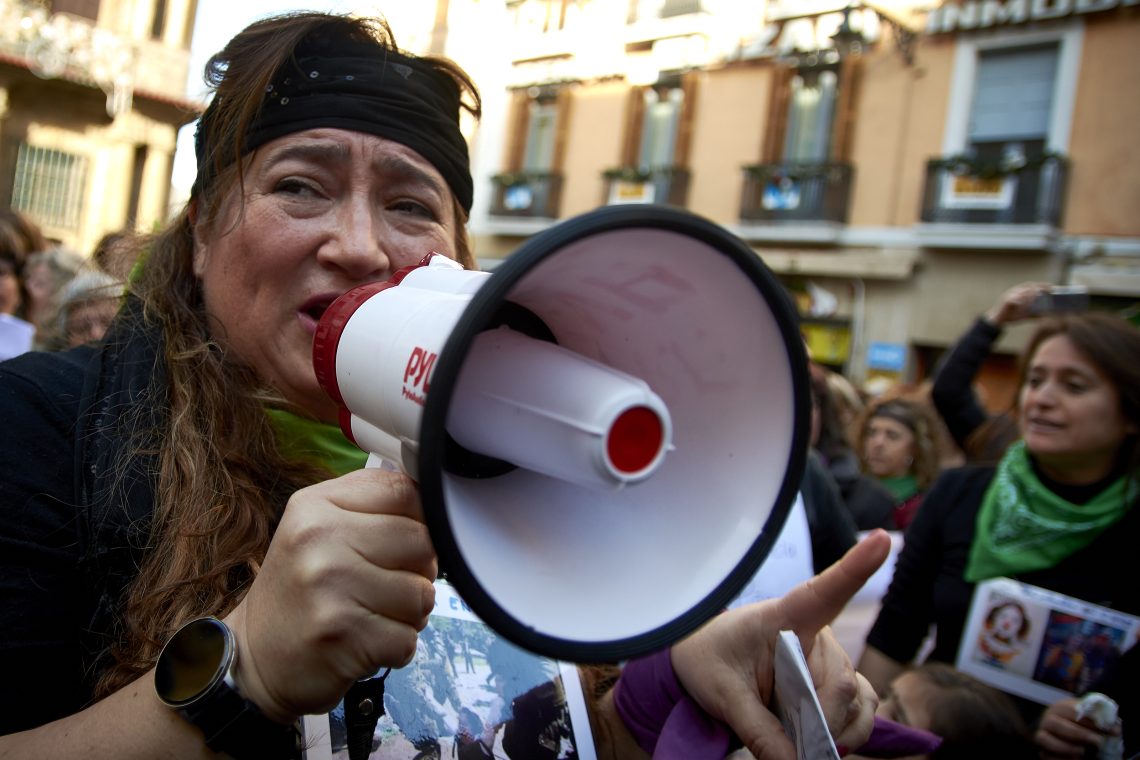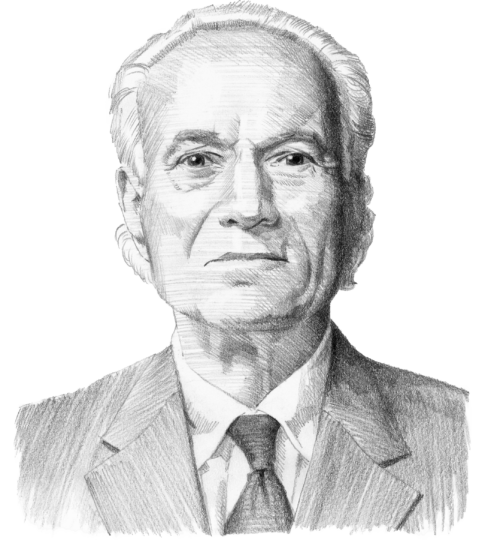Scenarios in Chile after a failed constitution
Chile’s inexperienced independents and leftists wrote a draft constitution that voters soundly rejected. Next time, experts and political parties will have more say.

In a nutshell
- Chile’s failed attempt to draft a new constitution was a learning experience
- The elected drafting body lacked expertise and political acumen
- Four approaches to producing a more acceptable project are considered
On September 4, 2022, Chile’s citizens overwhelmingly turned down a progressive constitution proposal. Almost 62 percent of referendum voters opted against the draft constitution, with “reject” prevailing in all the country’s 16 regions, including Chilean President Gabriel Boric’s native region of Magallanes (60 percent against) and the metropolitan area of Santiago (55 percent against).
Opinion polls had predicted a loss for the government, but the result was still remarkable: rarely in the modern world has the public rebuffed a constitution-replacement project. The rejection also dealt a blow to the president and the political left, who seem to have misread their mandate for change.
Instead, Chile must go back to the drawing board. President Boric has publicly stated that he will work with Congress and civil society to develop a “new constitutional process.” However, uncertainty remains about what this new process will look like and the type of constitution it may produce. Likely, the next draft will seek input from a broader array of parties and actors and will be more moderate while still representing a break from the current charter.
The social and political context
The Constitutional Convention was born out of widespread social discontent. Massive mobilizations erupted in late 2019, first in response to a slight increase in Santiago’s metro fares and then as a broader rejection of social inequality, the cost of living, and privatization. In response to spiraling chaos, politicians from parties across the political spectrum signed an agreement to support a new political constitution. That gained further legitimacy through a 2020 plebiscite in which 78 percent of voters agreed to the new constitutional process and then a 2021 election to choose representatives for the convention.
The outcome represented a repudiation of the text as well as of the process behind it.
GIS’s July 2021 report noted that voters in this election rejected traditional right-wing parties, instead throwing their support behind the radical left and independent and populist alternatives. As many as 65 of the 155 convention delegates were independent candidates organized in new political groupings, a consequence of the anti-status quo moment and some puzzling electoral rules that allowed individuals to compete without a party or on lists of independent candidates.
To many, the new constitution appeared inevitable. So, how did a process that started with a 78 percent approval end with 62 percent of voters rejecting its result?
Process problems
The outcome represented a repudiation of the text as well as of the process behind it. National surveys cite several motivations for “reject” voters, including a negative evaluation of the text (about 40 percent), the prospects of instability and uncertainty (about 35 percent), and the draft’s embrace of “plurinationality” and autonomy for indigenous groups (some 29 percent).
Many of the elected convention delegates were so-called octubristas, individuals who had gained notoriety for their roles in the October 2019 mobilization and whose behavior damaged the constitutional body’s credibility. One such member, vice president of the assembly Rodrigo Rojas Vade, was revealed to be faking a cancer diagnosis he had used in his election campaign; another was reprimanded for taking a shower with his camera on while voting remotely. Others were accused of adopting a condescending style and labeling their opponents as “bots” or “fascists.”

The election of Mr. Boric – the face of a new, younger and progressive left – did not seem to help. Unlike his predecessor, the conservative Sebastian Pinera, Mr. Boric publicly supported the convention and made its success part of his government’s goals. That was a strategic miscalculation. Once in power, several of his ministers committed missteps that disappointed the leftist base and fueled opposition. These struggles helped undermine faith in the convention process.
Content problems
Of course, the proposal’s content was also an obstacle. Among other things, the high number of politically inexperienced independents and leftists helped produce an unwieldy text whose 388 articles would have made Chile’s constitution one of the longest in the world. The maximalist document was both exacting and vague, covering topics ranging from retirement benefits to internet access, while also bestowing rights on nature and animal life without spelling out what they entailed.
Convention participants also failed to draft a document that would be palatable to most Chileans. The leftists, who won more than two-thirds of convention seats, did not need votes from conservative convention members to approve additions to the proposal. They took complete control of the process, adding provisions to legalize abortion, mandate universal healthcare and require gender parity in government. The proposed constitution would have enshrined more than 100 rights into Chile’s national charter, more than any other in the world. Many voters were particularly opposed to provisions that would define Chile as a plurinational state and grant autonomy to the country’s eleven indigenous groups.
Read more on the conflict in Chile
A paragon of democracy suffers a hiccup
Ultimately, the combination of a flawed process and what most perceived as a defective document meant that all 16 regions and 338 of the country’s 346 municipalities refused to endorse the project. The one-time reintroduction of compulsory voting failed to help. Many voters who did not participate in the optional constituent election in 2021 seem to have cast their ballots against the proposed document in September 2022.
Return of consensus politics
While voters rejected the draft, high public support for a new constitutional reform has remained. Post-referendum surveys show that more than 70 percent of voters believe the constitutional process should continue, regardless of their vote on the previous proposal.
In this way, the referendum was not a choice between two options (accept/reject), but three: 1) accepting the draft constitution, 2) keeping the 1980 constitution, or 3) pursuing a different draft constitution. This third option is what is now being negotiated.
Whatever form a new draft constitution or reforms take, they will be more centrist than the proposal that voters have just rejected.
Presumably, this new course will mark greater salience for parties and the ideological right. In 2021, GIS reported after the election of convention delegates that “Chilean politics is headed for a new era of unpredictability, where political parties will play a decreasingly important role in shaping politics.” The failure of the draft text suggests a swing back the other way: parties will now have a more significant say in future processes, and Chilean politics should become a bit more predictable.
One encouraging sign for the country is that the vote did not produce animosity or deeper political polarization. Instead, President Boric recognized the need for a constitution that unites the country. That means an attempt to win over the center-left and center-right with a process that respects more moderate principles without alienating the government’s leftist base. Post-referendum cabinet reshuffles have already hinted at this, by shifting some power from President Boric’s radical-left Apruebo Dignidad coalition toward the center-left Socialismo Democratico. The objective has been to pursue a new constitutional overhaul and more success for the government’s legislative agenda.
Meetings of lawmakers from both the left and the right are further signs of consensus politics in action. President Boric and members of Chile’s Senate and National Congress will be pressed to articulate a process for drafting a new constitution that is seen as legitimate by the population.
Scenarios
Writing constitution part 2
Three mechanisms are possible in Chile for drafting a new constitution: a mixed convention comprised of half-elected representatives and half-congressionally appointed experts (preferred by around 49 percent of the population, per surveys); a convention comprised entirely of elected representatives (backed by 29 percent of the population), and a convention comprised entirely of congressionally appointed experts (preferred by 19 percent of the population). Public support for these three possibilities roughly tracks their likelihood of occurring. A fourth possibility is simply reforming the current constitution.
Whatever form a new draft constitution or reforms take, they will be more centrist than the proposal that voters have just rejected – but still more center-left than the 1980 constitution. In nearly all scenarios, the new constitution will undoubtedly recognize indigenous groups (even if it does not use the word plurinational), promote gender equality and include a list of social rights.
Mixed constitutional convention, long timeline
For now, the most likely scenario is a new Constitutional Convention split between elected representatives and experts named by Congress. That is the option preferred by citizens. It also serves the dual imperative of bringing more expertise into the drafting process while also making it more representative of the electorate.
This scenario would also take the most time. Electing even half the body would require six months of preparation; if a new constitutional convention were to be elected in early 2023 and somehow managed to draft a text within three months, the next referendum would still only take place in late 2023.
Timing aside, this mechanism would better attune a constitutional framework to popular demands for greater rights without undermining the country’s reputation among international investors. There is widespread consensus that the state should have a greater role in addressing social needs, ranging from housing and pensions to healthcare and education. Since the failure to provide social services was at the heart of the 2019 protests, it seems likely that the economic model will be closer to a social democratic welfare state than to the extreme neoliberal capitalism championed by the Pinochet dictatorship. Many Chileans do not want a constitution that resembles an elaborate policy platform but one that establishes an efficient balance of power system, promotes economic growth and provides a solid social safety net.
Elected constituents, long timeline
The second most likely mechanism is one in which the country returns to the drawing board and repeats the process seen from 2021 to 2022. Electing constituents to a constitutional convention would require at least six months to prepare, and then pushing the new body to produce a draft charter by the end of 2023 or early 2024. Under this scenario, established parties are likely to play a more vital role than in 2021-2022, and independent candidates would lose clout. The document would probably stipulate higher public spending and tighter private sector regulation but still be more moderate than the rejected draft.
Committee of experts, short timeline
If President Boric wishes to move faster, he (or Congress) could appoint a committee consisting solely of expert drafters (such as legislators, civic leaders, constitutional law scholars and technocrats). In this scenario, Chileans could vote to ratify a more consensus-based, shorter constitution by March 2023. It would be a leaner and more centrist text than the one just rejected, yet still reflect a popular mandate for changing the current constitution. While this would shorten the process’s timeline, it also faces the most obstacles, including the unfavorable antecedent of the 1980 constitution-passing process; pressure by social groups on the government; and the imperative for President Boric to build consensus with opposition leaders.
Constitutional reforms via Congress, short timeline
The least likely option would be for the government to pursue amendments to the current constitution via Congress without completely rewriting it. As with the committee of experts, this would guarantee a fast process. It is also the option most likely to produce a final product deviating from the leftist government’s aspirations, given that the political opposition holds a majority in the Chilean Senate and a plurality in the Chamber of Deputies. Lastly, there is widespread agreement in civil society and among politicians that a new text is preferable to piecemeal reforms.









